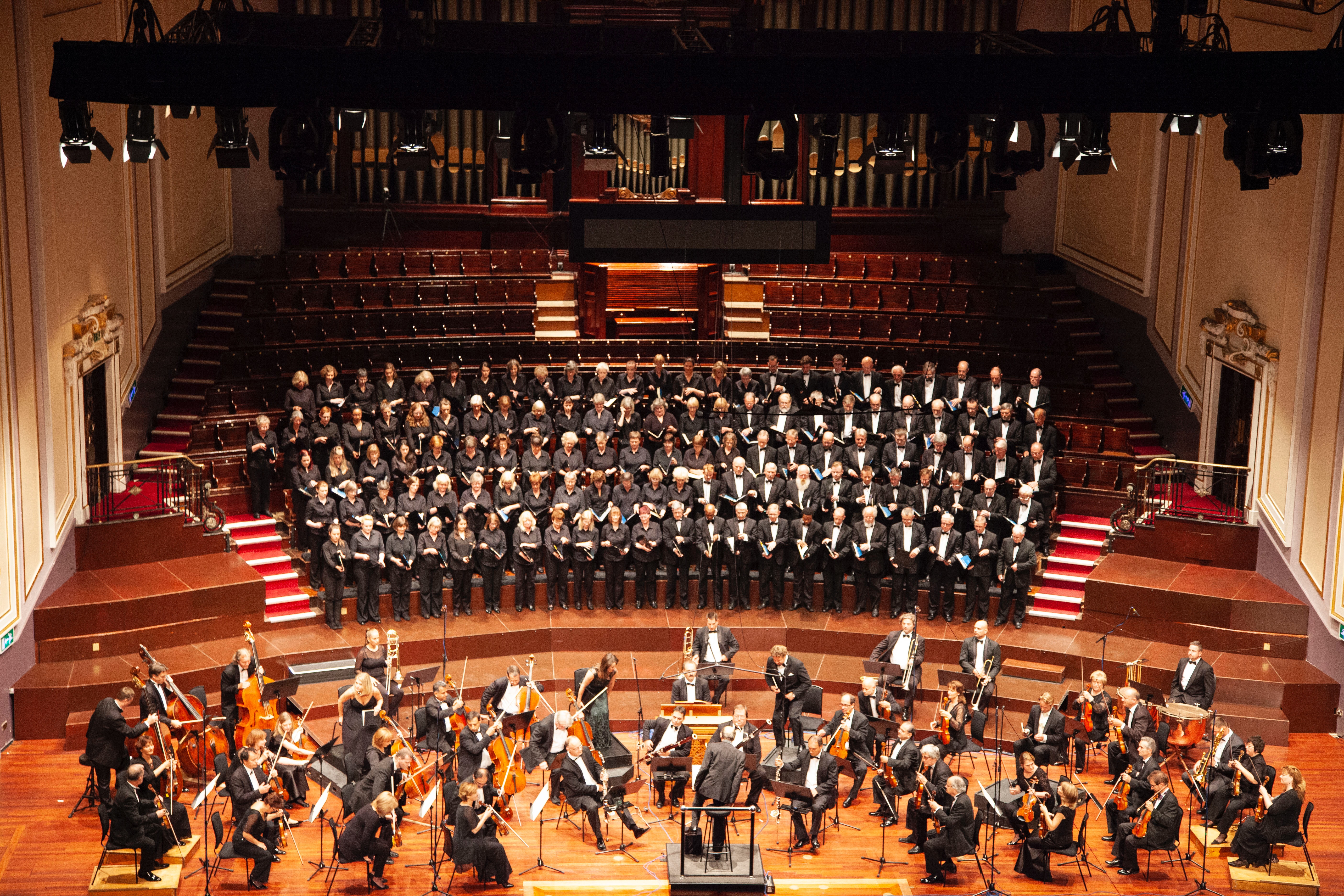Pitch: Exploring Note Names, Tuning Up, and Glissando's!
Have you ever wondered why some sounds are high and others are low? You're about to embark on a journey into the fascinating realm of pitch. In this article, we'll dive into the principles of pitch, explore note names, unravel the mystery of an orchestra tuning up, and discover the magic behind a glissando. So, let's get started!
Content
Note Names: Unlocking the Musical Alphabet Picture
You're looking at a piece of sheet music, and you see a bunch of funny-looking symbols scattered around. Those symbols are called notes, and they represent specific sounds in the musical world. Just like words make up sentences, notes come together to create melodies and harmonies.

To make things easier, notes are named after the first seven letters of the alphabet: A, B, C, D, E, F, and G. These letters represent specific pitches. But hold on, there's more! Each note can be either natural (represented by just the letter) or modified with a sharp (#) or a flat (b), which slightly raises or lowers the pitch. For example, A# is higher than A, and Bb is lower than B.
Chromatic Scale
When played in order this creates a chromatic scale. The chromatic scale includes all the twelve notes within an octave, encompassing both the natural notes (A, B, C, etc.) and the sharp and flat variations (A#, Bb, C#, etc.).
By moving up or down the chromatic scale, you can access every possible pitch within the octave. It's like having all the colours in a painter's palette. The chromatic scale is essential for creating melodies, harmonies, and intricate musical passages that venture beyond the boundaries of traditional scales.
The Orchestra Tuning Up

Chaos Turns into Harmony
Have you ever been to a concert or watched an orchestra performance? Before the music starts, you might have noticed all the musicians making a bunch of strange sounds together. It might seem chaotic at first, but fear not—it's called "tuning up," and it's an essential part of preparing for the performance.
Each musician plays a reference pitch, usually an A, to ensure that everyone's instruments are in tune with each other. This process helps create harmony among the different instruments. Once everyone is in tune, the conductor leads the orchestra into the magical world of music.
Glissando - Sliding Through Musical Wonder
Imagine playing a piano key or plucking a guitar string and smoothly sliding your finger or pick up or down. That's a glissando—a delightful musical effect that involves sliding through a range of pitches.
When you perform a glissando, you're creating a smooth transition from one pitch to another, either ascending (going higher) or descending (going lower). It can add a touch of magic, drama, or excitement to a musical piece. Glissandos can be performed on various instruments, such as the piano, guitar, violin, and even the human voice.
Conclusion
You've explored the principles of pitch, delved into note names, learned about an orchestra tuning up, and discovered the enchanting world of glissandos. Music truly is a fantastic journey, and understanding these concepts will help you appreciate and create music with even more joy and passion.
If you're hungry for more musical knowledge, don't forget to visit the article on the treble clef guide which will provide you with valuable information on reading notes and understanding their placement on the staff, and time signatures to deepen your understanding of rhythmic patterns in music. I would also recommend you take a look through our glossary of musical terms, an invaluable guide to help you on your music theory journey.
Looking to find a teacher to help? Check out music teachers who specialise in music theory. They can help you expand your musical horizons, unravel complex theories, and guide you on your path to becoming a music maestro. Keep exploring, keep playing, and let the magic of music continue to inspire you!

